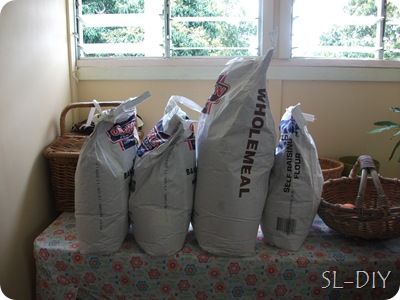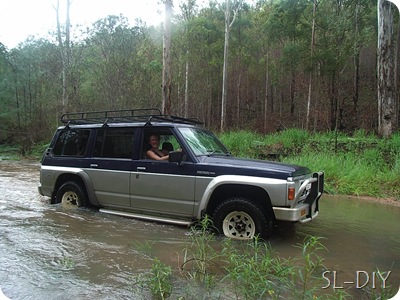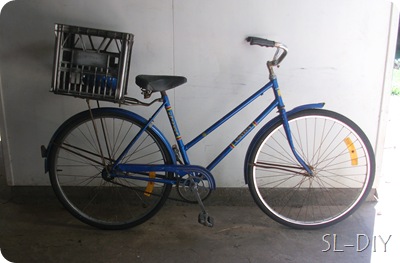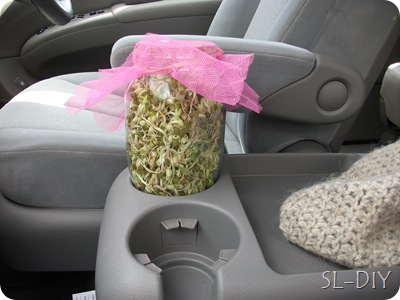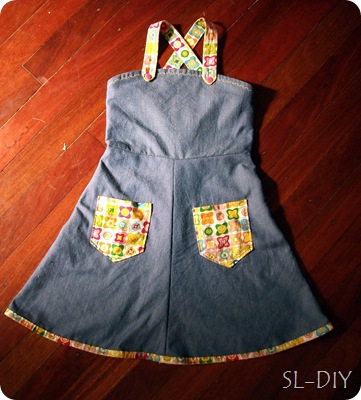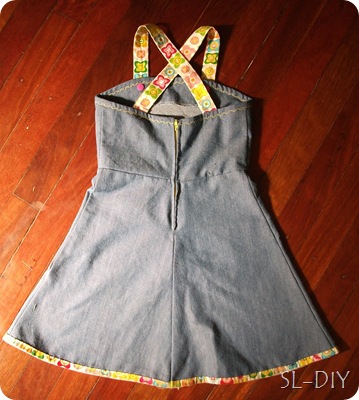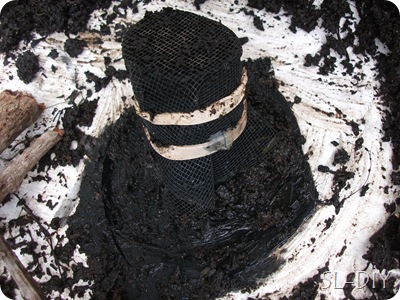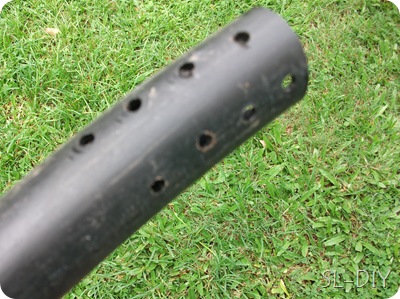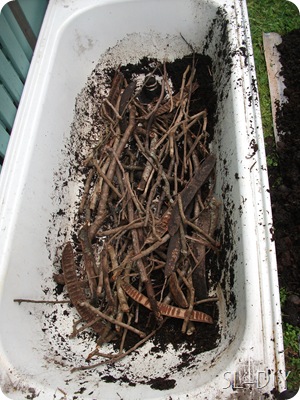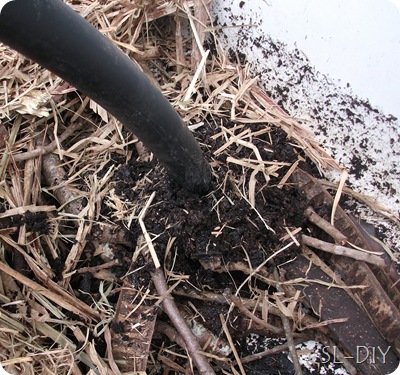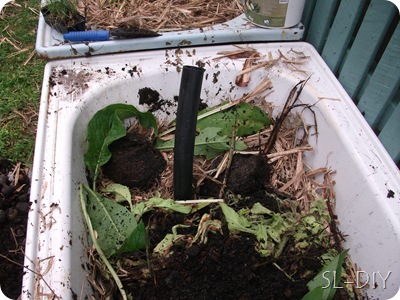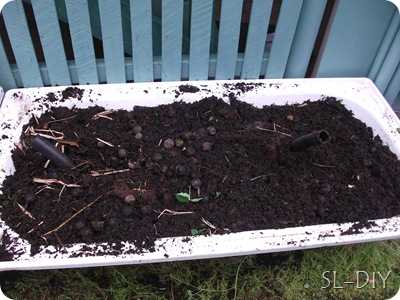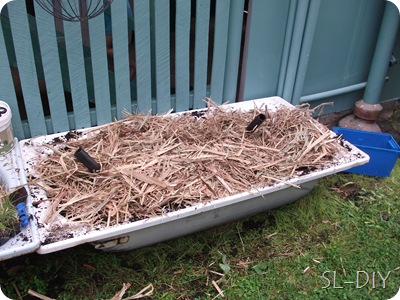So now we’ve gotten rid of the car, how on earth do we buy big bags of flour, animal feed etc?
Food shopping-we don’t get much from the supermarket, so we don’t have to lug $300 worth of stuff home in one go. We can generally stack a weekly shop on the top two seats of the monster pram. The husband goes to the markets weekly for fruit/veg/honey etc, and he takes my bike, loads up the hobo milk crate, sticks a bag on each handlebar and teeters precariously home. He still says that it’s much easier than trying to find a park, then lugging all the purchases to the car. He can take the bike right to the stalls.
Bulk foods-for us, this is only available in the next town, about 40kms away. Dragging huge bags of stuff home on the bus is not do-able. I have two options.
1-Impose on a friend, but in a very small way. I can ring up the store, order everything I want, and pay for it with my debit card. They will pack it all up in bags and boxes, then the next time a friend goes they pick it up for us. I hate asking for anything from anyone in general, but this is fine as the storefolk will even take it out to the car for them.
2-Organise a co-op, or bulk-buy. This is something i’m working on, simply because I can then get organic flours and grains (which are prohibitively difficult and expensive to get here right now) way under the retail price. And when you chomp through as much food as we seven gluttons do, it makes a big difference. I’ll let you know how it goes.
Animal feed-15 chickens, a cat and two guinea pigs need more than scraps can provide.
1-Grow more. We have kale and lettuces mostly for the chooks. They’re also partial to fallen guavas, and as these are right next to the neighbours bedroom window, we pick these up and take them to the chooks rather than vice-versa. We’ve also been experimenting with blocking off part of their run and growing grains to about 20cm, then opening it back up for them to forage-it’s working very well. No transport necessary for this one. Except the grain home, but it grows exponentially.
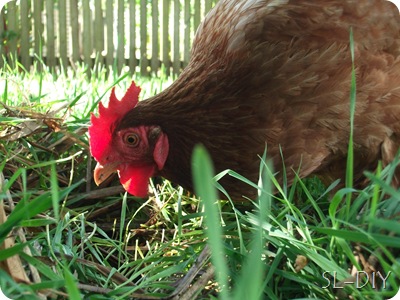 One of our New Hampshires indulging in wheatgrass. The kids scoffed it too.
One of our New Hampshires indulging in wheatgrass. The kids scoffed it too.
2-Ask for delivery. I can get the organic, vegetarian chook feed we’ve been using delivered, but it’s $40 a bag. Eek. That’s just the local price though-I was getting mine for $32 from another town. So a better fix is…….
3-To ring up the company listed on the bag and discover they do co-op sales. So if I can sell between 20-50 bags, I can have it at $22 + freight a bag. Much better. I’m aiming for 50 to reduce freight-we’ll take at least 7 so shouldn’t be too hard. So if you know me, and you want to put in your order for organic chook feed, please do!
4-We also still swing by the dumpsters as often as we can. Two-day old bread is guaranteed (there’s normally at least five garbage bags full of it in one supermarket’s bin) and there’s usually yoghurt, milk or custard to mix it with, plus some fruit. Including bananas last week. Yes, they’re throwing out bananas at $10 a kilo-literally!
The last problem was bales of mulch. But then the farmer said, yes, he delivers for $10. That is cheaper than it would be for us to pick them up from about 10kms away, all things considered. We don’t have to hook up the trailer, drive out there, load them up, do a tricky reverse through the mud, drive home and unload. They just arrive, like magic.
And that brings me to possibly the biggest bonus of not owning a car-the time saved. Which doesn’t make much sense, don’t cars save you time? So many things that I would normally unthinkingly jump in the car to go and do i’ve stopped to think about instead, and come up with a better option. I’ve been ringing around rather than driving places to have a look, asking about delivery options, and tracking down companies to see if I can buy direct. It’s saving so much wasted time. And it seems to be saving me money, not costing me money.
Which is the basis of my next post-how much money we’re saving.
